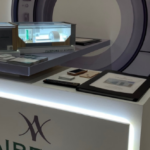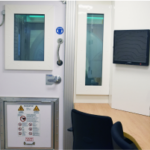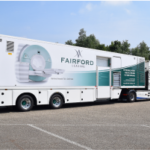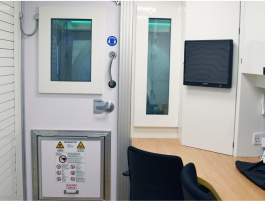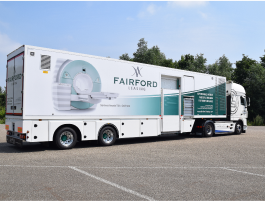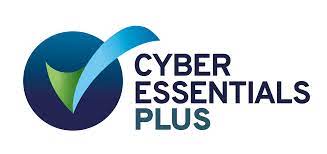Now a core function in most hospital and healthcare practices, radiology and radiography may not be dubbed as revolutionary by the modern patient or even practitioner. Be it an X-Ray, a CT scan or an MRI, medical imaging has become commonplace in the diagnosis and treatment of a plethora of illnesses and injuries.
Yet, if it weren’t for ground-breaking discoveries and developments of the last century, a profession we are so heavily reliant on today would simply not exist. For the millions of lives saved from this practice, we have the contribution of those who devoted their lives to advancing the capabilities of medical imaging to thank.
Now, as technological advancements continue to push the boundaries of what can be achieved through radiography, we’re flicking through the history books to celebrate the industry-shaping contributions of the top 3 radiographers and radiologists of all time.
WILHELM ROENTGEN – THE INVENTION OF THE X-RAY
November the 8th marked the 120th anniversary of Wilhelm Roentgen’s discovery of the X-ray, a momentous achievement that would change the face of physics and medicine. In the seven weeks following his accidental discovery, the German physics professor spent every minute of his day in the lab at the University of Würzburg, experimenting with cathode rays (later recognized as electrons) and exploring the potential that they could have in capturing a closer, never-before-seen image of the human body.
Within only a year, the application of X-rays to diagnosis and therapy had become an established part of medical practice, with the first radiology department opening in a Glasgow hospital on the back of this new methodology.
MARIE CURIE – THE DISCOVERY OF RADIUM & POLONIUM
Born on November 7th 1867, Marie Curie was not only the first woman to win a Nobel Prize, she was the first person to win twice: of course, for an individual whose achievements include the development of the theory of radioactivity and the discovery of two elements, recognition is to be expected.
Following Roentgen’s X-ray breakthrough, Curie began to investigate uranium rays as a possible field of research for her thesis. Combining her knowledge with that of her husband, a professor of Physics, the Curie’s built on the work of Roentgen with the discovery of a new chemical element: polonium. By December 1998, the Curies had discovered another: radium. While her husband’s life was cut short in 1906, Marie Curie continued the work they had started, founding the Curie Institute in Paris, a specialised medical institute that continues to play a key role in radioactivity research today.
When war broke out several years later, Marie Curie championed the development of mobile radiography units which she herself drove to the front lines to ensure field hospitals were fully equipped with the cutting-edge tools they needed during World War One. Marie Curie’s legacy can not be overstated; it is her contributions to the industry that have fuelled the science of radioactivity and changed the world of medicine.
RAYMOND VAHAN DAMADIAN – THE FIRST MRI SCANNER
Known as the “father of MRI”, Raymond Vahan Damadian can proudly take responsibility for one of the great medical breakthroughs of the 20th century – the invention of the MRI machine.
It was the American physician’s research into sodium and potassium in living cells that led him to experimentation with nuclear magnetic resonance (NMR): before long, Damadian was investigating the potential of NMR in detecting tumours and actively seeking ways in which radio waves and magnetic fields could be used in everyday practice. By 1969, he had proposed the first MRI full body scanner and only ten years later, the first commercial MRI machine was built off the back of his research.
Today, MRI scans are one of the most commonly prescribed imaging tests; they are regularly used to diagnose brain injuries, blocked blood vessels, tumours and much more. Perhaps unsurprisingly, Damadian received a Lifetime Achievement Award in 2001 for his contribution to the field of medical science.


